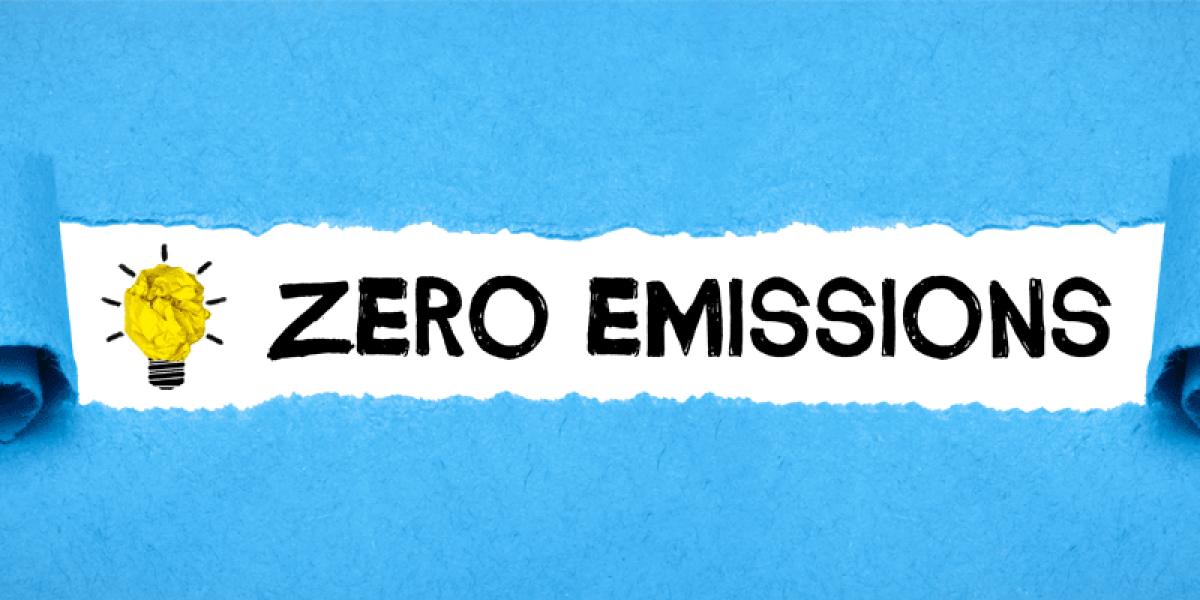The report "Achieving Net Zero Electricity Sectors in G7 Members" published by the International Energy Agency in recent days explains how the G7 held last May 2021 can give the input for greater innovation and cost reduction of technologies for the energy transition.
France, Germany, Italy, Canada, Japan, the United States and the United Kingdom are the countries that must stimulate decarbonisation in order to meet the commitments made at 2030 and 2050. In this the G7 plays a strategic role because it currently represents almost 40% of the global economy, 36% of the global power generation capacity, 30% of the global energy demand and 25% of the global carbon dioxide (CO2) emissions energy-related.
That is why it is very important that the path of these countries towards energy systems that use sustainable sources continues to progress; it is a path that has already started and that is generally going well, as stated in the document, recalling that today the electricity sector represents 1/3 of CO2 emissions, while in 2007 it represented almost 2/5.
In 2020, natural gas and renewable energies were the primary sources of electricity in the G7 countries, which provided 60% of energy needs, while coal and nuclear supplied 20%. The results are therefore quite promising, but the IEA stresses that we must not stop with the initiatives and policies for the elimination of coal and fossil fuels.
According to the path outlined by the Agency’s report on the path towards zero emissions, renewable energy will have to provide 60% of the electricity of the G7 by 2030; unfortunately, if we continue on this line, the IEA warns that we will only reach 48%.
It is therefore necessary to increase the use of low-carbon technologies: as we move towards renewable energy systems, it is also important that they ensure security and stability, and that is why the G7 countries must also work on this, on the development of technologies and on greater international collaboration.
In some technologies, the most widely used ones such as photovoltaic, wind, heat pumps and energy storage systems, there are still great margins of growth and innovation, which we expect to see in the coming years, while others are still being developed more or less quickly, such as offshore floating wind, CSS technologies and hydrogen.
The decarbonisation of electricity would bring several benefits, not only environmental and climate, as in the next decade it could create up to 2.6 million jobs in the countries that meet in the G7. In addition, with net zero, household energy expenditure is expected to decline by 2050, as the increase in electricity expenditure would be offset by lower costs for coal, natural gas and petroleum products, which are more expensive systems.
"We have decided to take the road of climate neutrality, and this can only be achieved together, with joint and decisive action," said Peter Altmaier, German Federal Minister for Economic Affairs and Energy. "Our road to climate neutrality is ambitious but necessary. We must act together with clear, common and decisive action. The energy sector clearly plays a key role in our progress towards climate neutrality. The solutions are at hand, such as the exit from coal power production in Germany and other countries. The IEA report shows how the G7 can live up to its pioneering role in this regard, an issue that will continue to be topical during the German presidency of the G7 in 2022."



